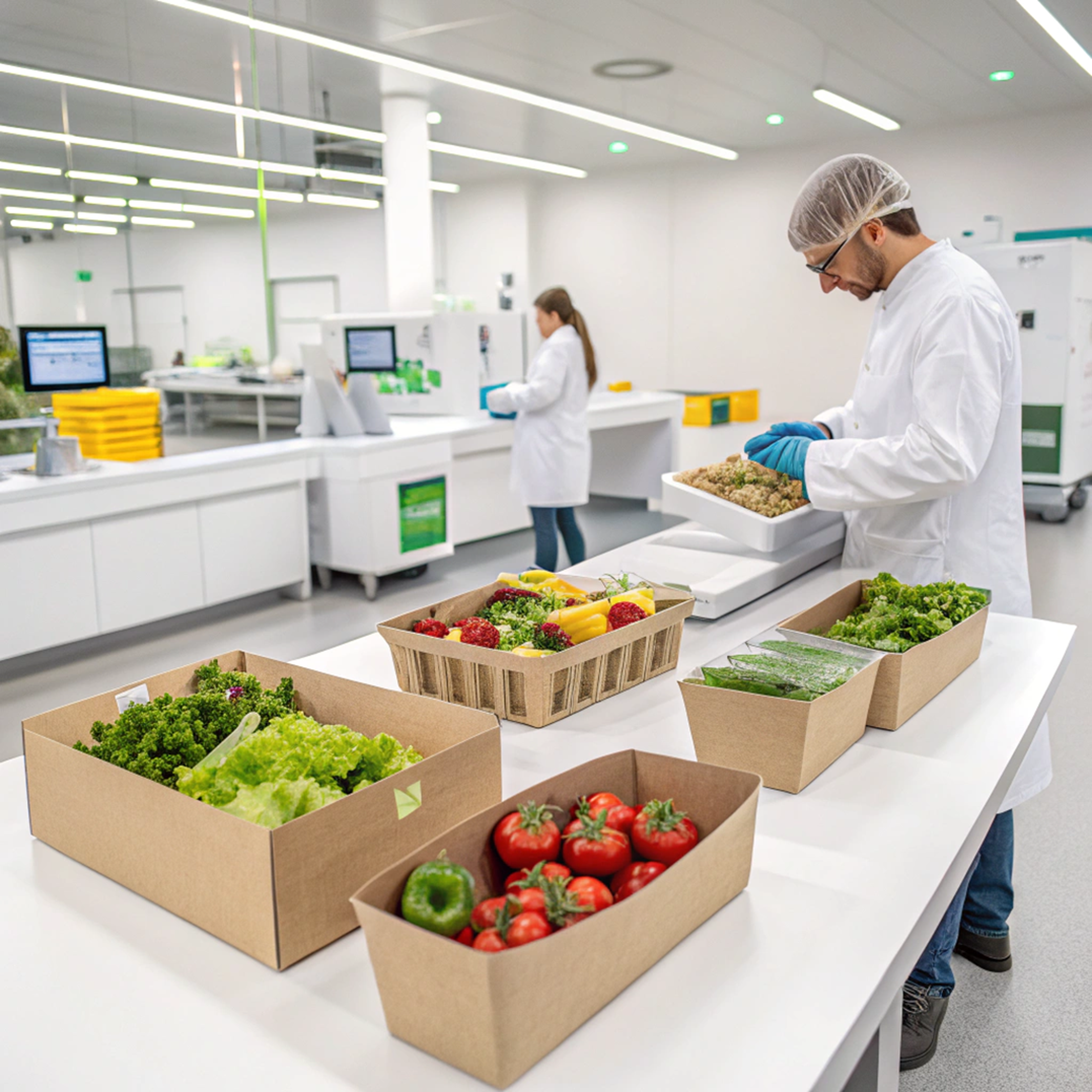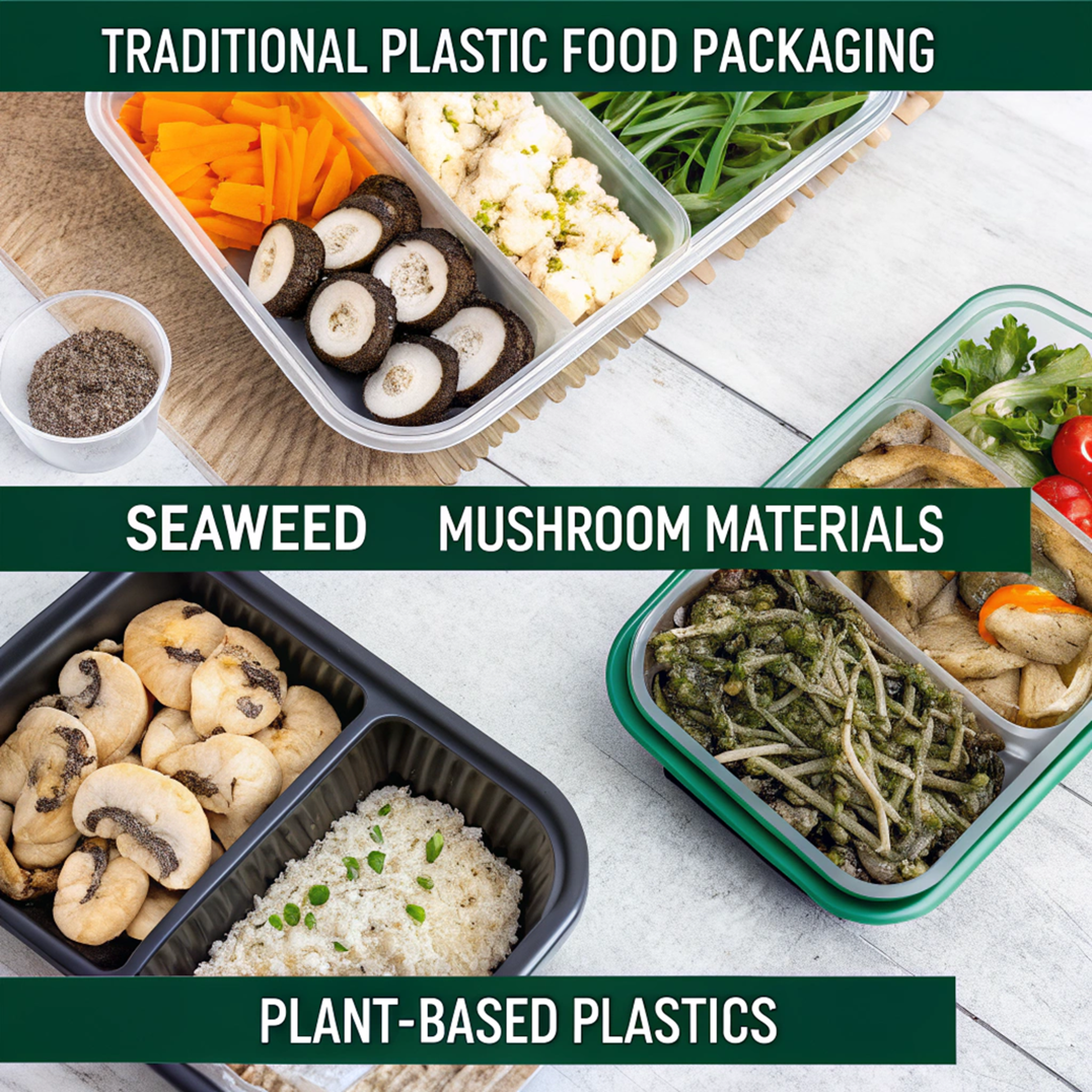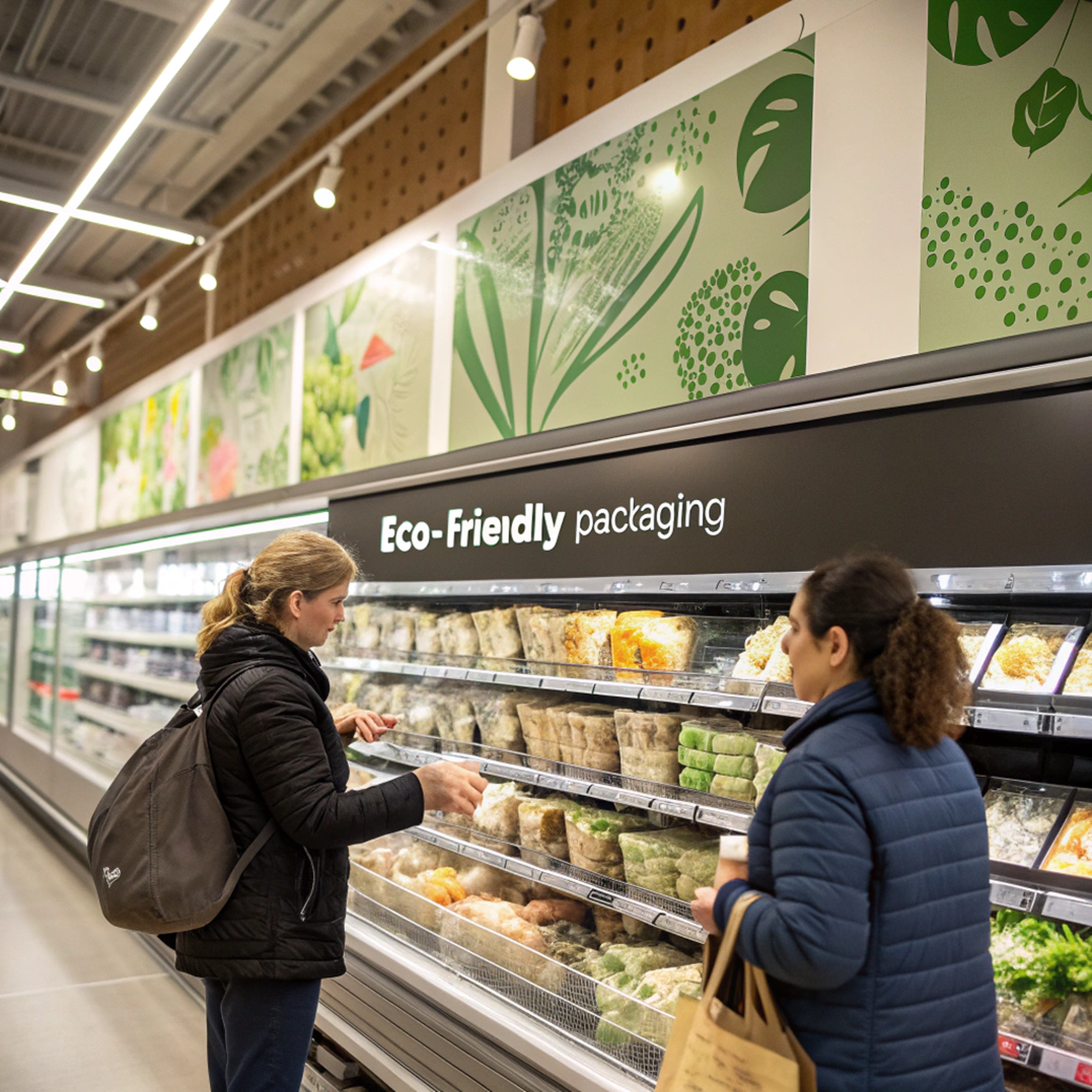Food Packaging Innovation: Balancing Safety, Freshness, and Environmental
Impact
The food packaging industry stands at a revolutionary crossroads where
technological innovation meets environmental consciousness. Modern consumers demand products that
remain safe and fresh while minimizing ecological footprint—a challenge that's driving unprecedented
innovation in materials, design, and functionality. Today's packaging solutions must protect food
integrity while addressing sustainability concerns that increasingly influence purchasing decisions.
The Triple Challenge of Modern Food Packaging
Food safety remains the non-negotiable foundation of packaging design.
Contamination prevention, pathogen barriers, and shelf-life extension directly impact public health
and brand reputation. However, traditional safety solutions often rely on multi-layer plastics and
chemical preservatives that conflict with environmental goals.
Freshness preservation extends beyond basic protection to include moisture
control, oxygen barriers, and temperature stability. These requirements traditionally demanded
complex material combinations that resist recycling and biodegradation. The innovation challenge
lies in maintaining these protective qualities while enabling environmental compatibility.
 Advanced testing ensures new packaging materials maintain food safety standards while improving environmental performance.
Advanced testing ensures new packaging materials maintain food safety standards while improving environmental performance.
Smart Packaging Technologies
Intelligent packaging systems incorporate sensors that monitor food condition
in real-time. Time-temperature indicators change color when products experience harmful temperature
fluctuations, while freshness sensors detect spoilage gases before visible deterioration occurs.
These technologies reduce food waste by providing accurate freshness information to consumers and
retailers.
Active packaging releases or absorbs substances that extend shelf life
naturally. Oxygen scavengers prevent oxidation, while antimicrobial films inhibit bacterial growth
without chemical additives. These systems maintain food quality using minimal materials while
reducing reliance on preservatives.
Edible packaging represents the ultimate sustainability innovation—coatings
and films made from proteins, starches, and natural waxes that consumers can safely consume along
with the product. These solutions eliminate packaging waste entirely while providing adequate
protection for many food categories.
Sustainable Material Breakthroughs
Plant-based plastics derived from agricultural waste offer petroleum-free
alternatives that biodegrade naturally. Mushroom-based packaging materials provide excellent
insulation and protection while composting completely within weeks. Seaweed-derived films create
effective barriers against moisture and oxygen while remaining fully biodegradable.
Nano-cellulose from wood waste creates transparent, strong barriers that rival
traditional plastic performance. These materials offer excellent printability for branding while
breaking down harmlessly in natural environments.
 Sustainable packaging materials deliver comparable protection to traditional plastics while offering complete biodegradability.
Sustainable packaging materials deliver comparable protection to traditional plastics while offering complete biodegradability.
Minimalist Design Approaches
Reduction strategies focus on eliminating unnecessary packaging layers while
maintaining protection. Vacuum skin packaging conforms tightly to products, reducing material usage
by up to 75% compared to traditional trays and overwraps. These systems extend shelf life through
superior oxygen barrier properties while using minimal materials.
Concentrated products require smaller packaging volumes, reducing material
usage and transportation impacts. Powder concentrates, freeze-dried foods, and compressed formats
deliver equivalent nutrition in fraction of traditional package sizes.
Regulatory Navigation and Consumer Acceptance
Food packaging innovation must navigate complex regulatory landscapes that
prioritize safety over environmental concerns. New materials require extensive testing and approval
processes that can span years. Successful innovations demonstrate safety equivalence while offering
environmental advantages.
Consumer education plays crucial role in adoption. Many sustainable
alternatives look different from traditional packaging, requiring clear communication about benefits
and proper disposal methods. Transparency about material composition and environmental impact builds
trust and drives acceptance.
 Clear labeling and consumer education drive adoption of innovative sustainable food packaging solutions.
Clear labeling and consumer education drive adoption of innovative sustainable food packaging solutions.
Economic Viability and Scale
Cost remains a significant barrier to sustainable packaging adoption. Many
innovative materials cost 2-3 times more than traditional alternatives, requiring premium pricing or
reduced margins. However, scale economies and technological improvements steadily reduce costs while
regulatory pressure and consumer demand increase adoption incentives.
Life-cycle cost analysis reveals that sustainable packaging often provides
superior total value when considering disposal costs, brand reputation benefits, and regulatory
compliance advantages.
Future Outlook
The convergence of technology, sustainability, and regulatory pressure
continues accelerating food packaging innovation. Artificial intelligence optimizes package design
for minimal material usage while maintaining protection. Biotechnology enables new materials with
precisely engineered properties that surpass traditional options.
The future belongs to packaging solutions that seamlessly integrate safety,
freshness, and environmental responsibility. Success requires collaborative innovation between
material scientists, food technologists, and sustainability experts working toward common goals.
Food packaging innovation proves that environmental responsibility and product
protection aren't mutually exclusive—they're complementary objectives driving the industry toward
smarter, more sustainable solutions.